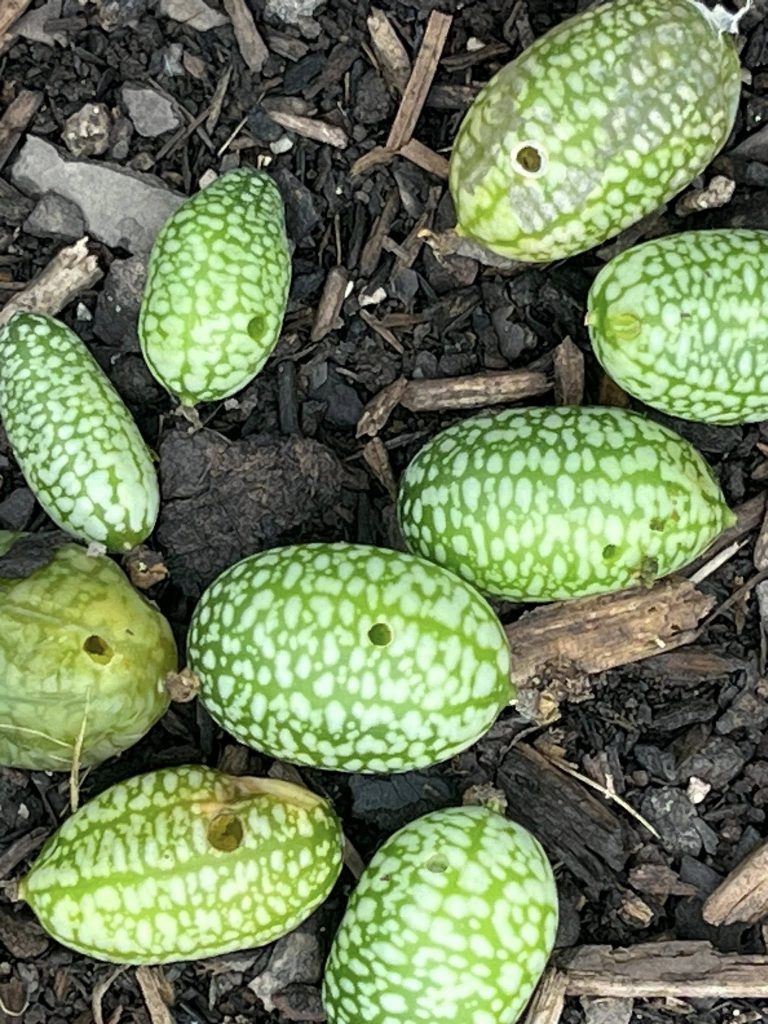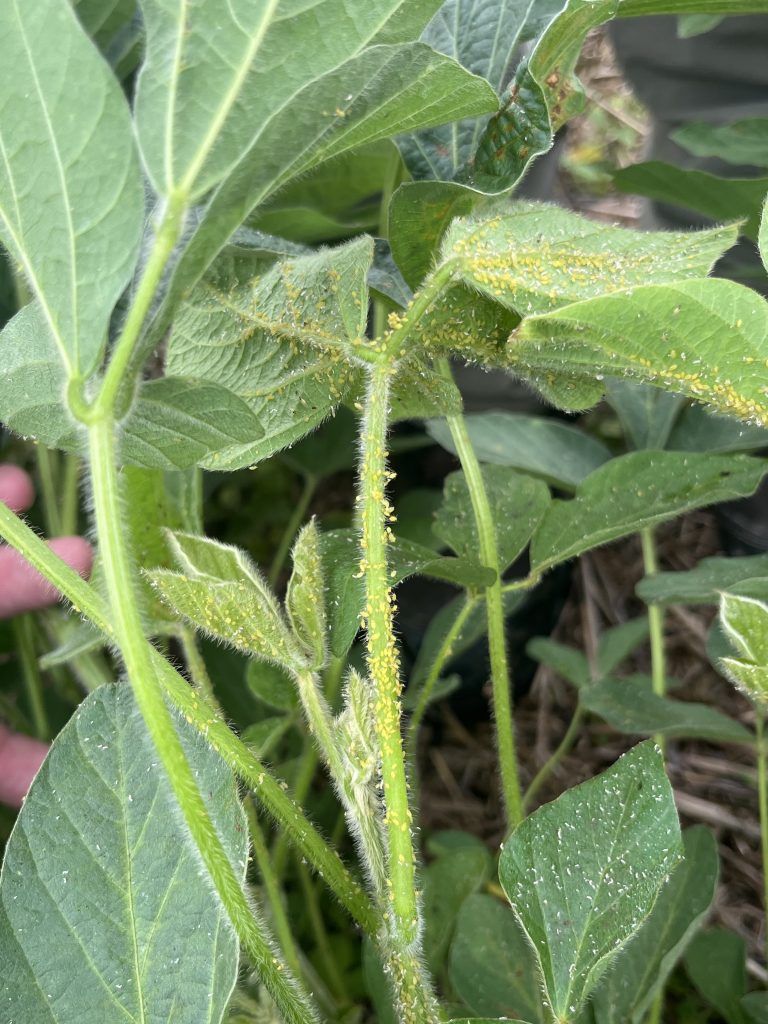Syngenta Crop Protection recently announced EPA’s approval of their registration of five new insecticide products containing the active ingredient PLINAZOLIN technology (isocycloseram), which is a unique active ingredient that belongs to IRAC Group 30, offering broad-spectrum insect pest management.
https://www.syngenta-us.com/crop-protection/technology/plinazolin-technology/
Zivalgo™: a foliar-applied insecticide for pome and stone fruit, citrus, potatoes and tree nuts that goes the distance in the race against codling moth, Colorado potato beetle and more with marathon-caliber residual control
Equento®: this insecticide seed treatment for cereals and pulses offers a flexible and compatible option to terminate wireworms and suppress other below-ground pests, ultimately improving plant stand and helping growers’ bottom line
Opello™: this soil-applied insecticide provides revolutionary control of corn rootworm, consistently helping corn yield up to 27 bu/A more than untreated1, while its highly tank-mix compatible formulation allows growers to leave equipment clogs and slowdowns in the past
Vertento®: a foliar-applied insecticide for cotton, onion, peanuts and soybeans that lands the knockout punch on tough-to-manage insect pests like plant bugs/lygus, stink bugs and mites, and offers champion-level residual control
Incipio™: a foliar-applied insecticide for vegetables that’s tough on pests like diamondback moth and thrips but easy on growers, helping protect their time and peace of mind with long-lasting and reliable control
My lab has field-tested these insecticides against many pest groups on vegetables, potatoes, and other crops over the past several years. Plinazolin insecticide offers a wide pest spectrum including some hard-to manage pests such as: thrips, mites, lepidopteran larvae like diamondback moth and beet armyworm, Colorado potato beetle, alfalfa weevil etc. Because its mode of action is much different than other insecticides, it offers an excellent rotational tool for insecticide resistance management.






